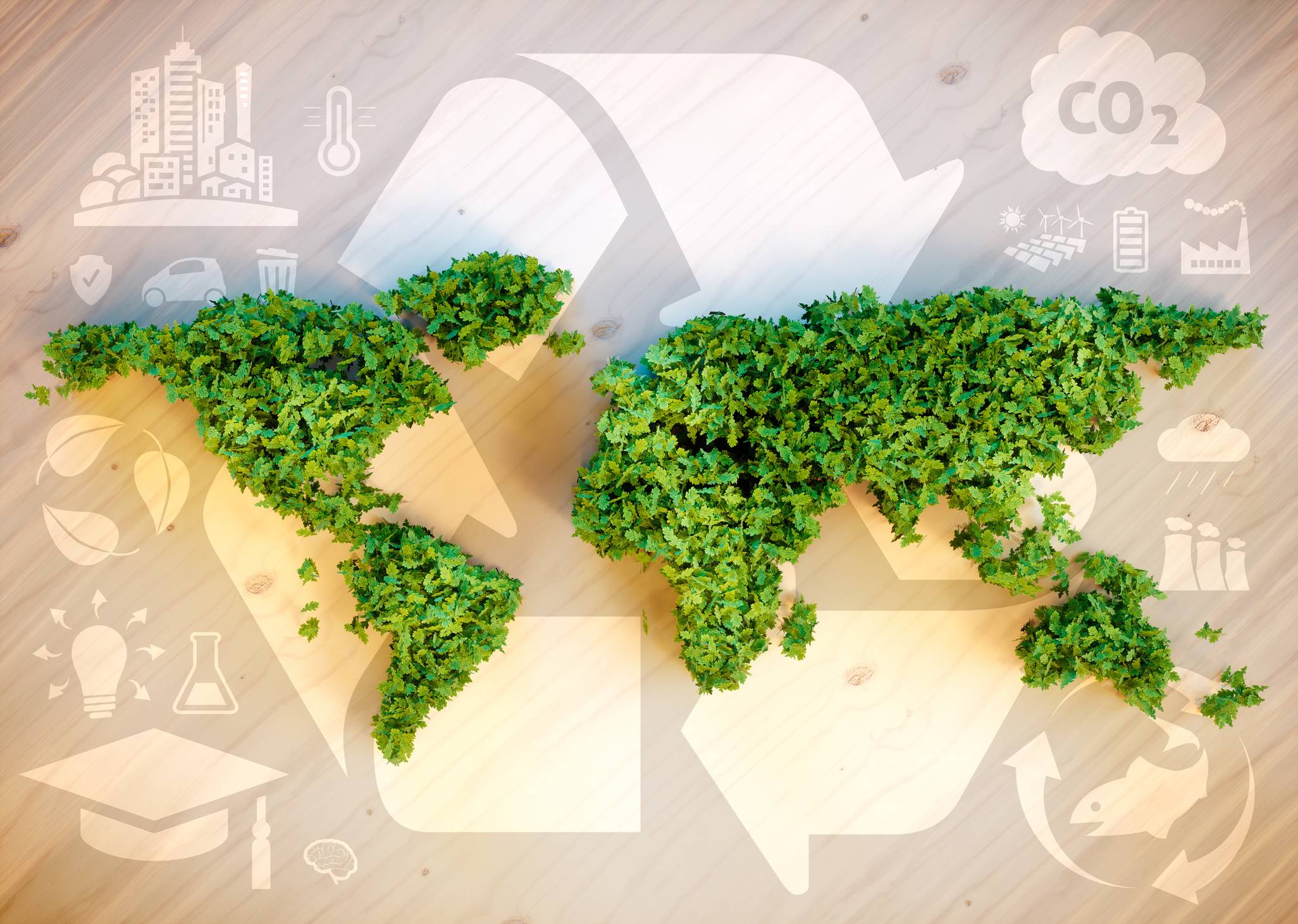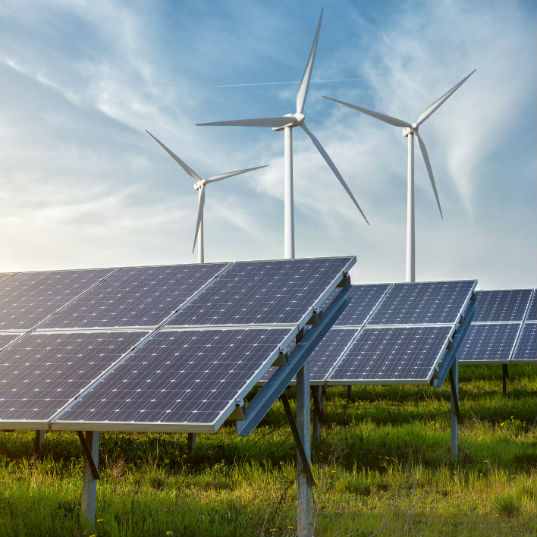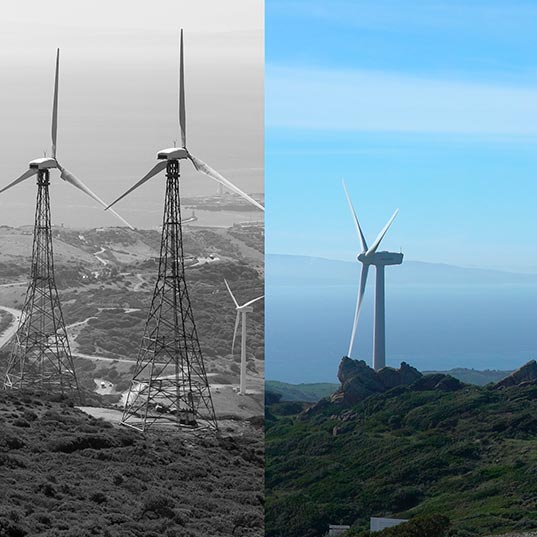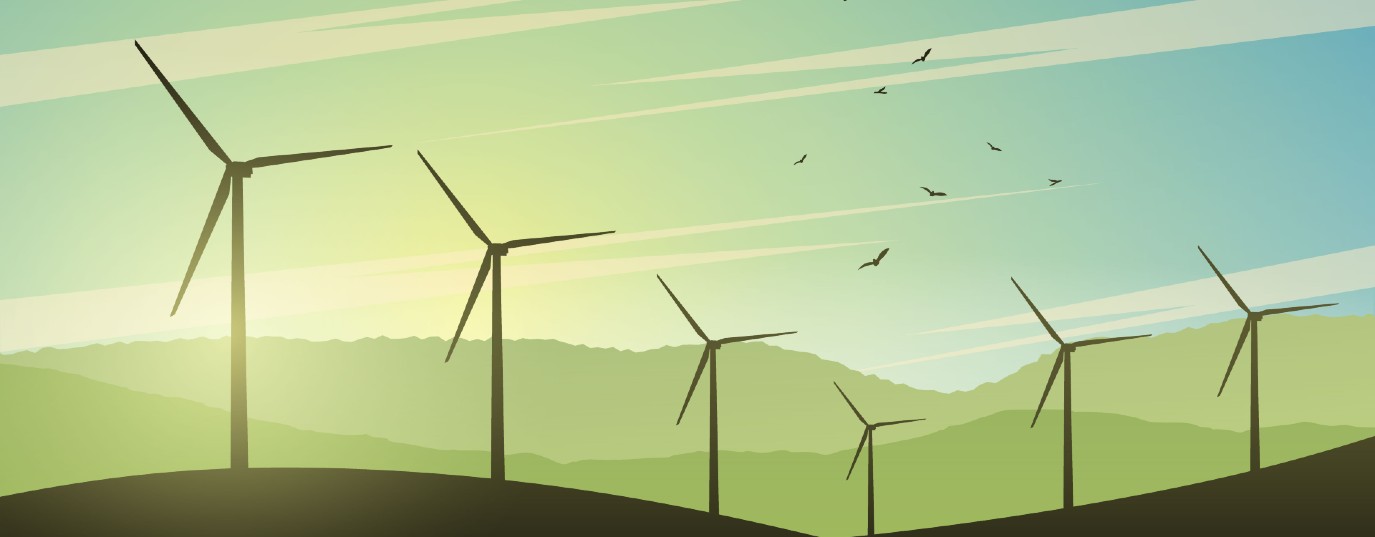Renewables take centre stage: from alternative energy to drivers of recovery
For the first time, renewable energies overtook fossil fuels, becoming the EU's main source of electricity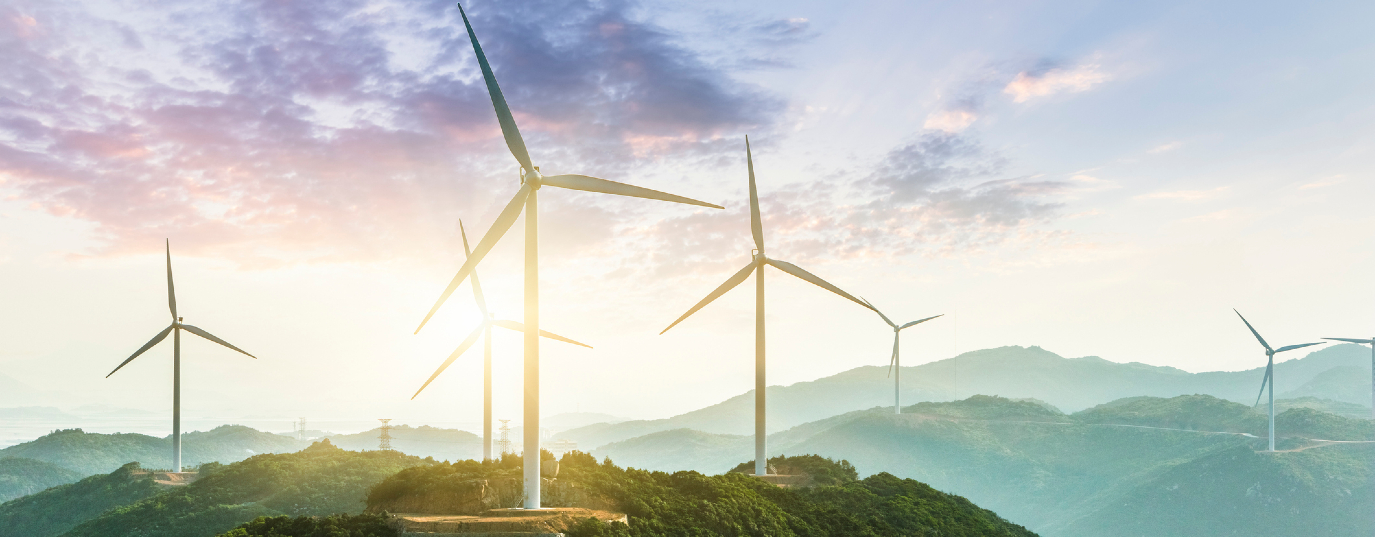
Europe made history in 2020. For the first time, renewable energies overtook fossil fuels, becoming the EU's main source of electricity. This was revealed in a study by Ember and Agora Energiewende, which showed that renewable energies supplied 38 % of electricity last year, while fossil fuels generated 37 % in the same period.
This change in the ranking of electricity generation sources, this incremental shift, is only the first step in an unstoppable and dramatic trend in which renewables are beginning to dominate the energy model. Not only that, renewables have become the drivers of an economic recovery that is redrawing the business landscape.
Coal generation decreased by 20 %last year, representing only 13 % of the electricity generated in Europe.
Wind and solar energy account for the increase in renewables in Europe. Wind generation increased by 9 % in 2020 while solar generation grew by 15 %. These two energy sources generated one fifth of Europe's electricity in 2020.
As for which countries have contributed the most to achieving these clean energy numbers, Denmark leads the way, with renewable energies accounting for 61 % of its energy consumption. After Denmark come Ireland, Germany and Spain, all with a figure of around 30 %.
Is the increase in renewable energies related to the pandemic?
The answer is yes.The pandemic has brought about a 4 % drop in electricity demand in the European Union, but the impact was substantially greater on fossil fuels. Coal took the biggest hit, with demand falling by 20 %. This collapse, which began even before the pandemic, occurred in virtually every country, with aparticularly sharp drop in Spain, whereproduction fell by 49 % between 2019 and 2020.
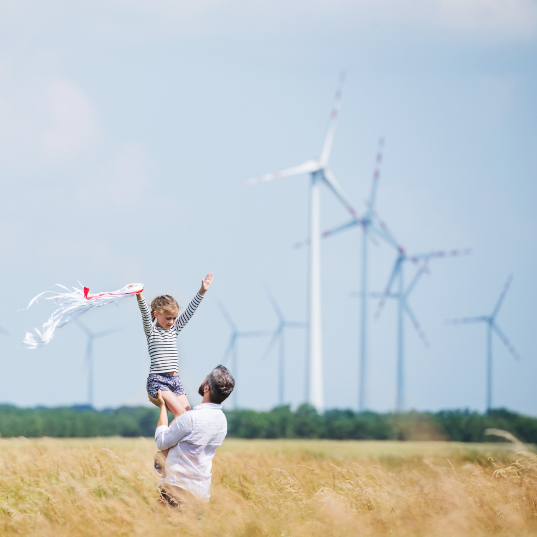 However, the decline in coal is not just because of the fall in electricity demand. It has also influenced the growth of solar and wind production. "As demand returns to previous levels in 2021, solar and wind power must grow faster to counter the fall in coal," the study warns.
However, the decline in coal is not just because of the fall in electricity demand. It has also influenced the growth of solar and wind production. "As demand returns to previous levels in 2021, solar and wind power must grow faster to counter the fall in coal," the study warns.
The International Renewable Energy Agency (IRENA) is urging governments to take advantage of the progress made in renewable energies, so as not to lose sight of the fight against climate change and commitments to sustainability. Renewable energies are set to power the post-COVID-19 world, as combating both climate change and the pandemic requires a shared roadmap.
The drive for renewable energies must not stop
Unfortunately, while coal experienced a sharp drop, the contribution of gas to electricity demand fell by only 4 %. The study warns that renewable energy growth still remains very slow. "Wind and solar generation must nearly triple to reach Europe's 2030 green deal targets," it explains.
According to forecasts by the International Energy Agency, these two renewable sources will achieve record growth in the next few years, but national energy transition plans are not ambitious enough to meet the commitments made by the European Union.
Fortunately, we have reason to be optimistic. There appears to be international agreement that renewable energies are the best way to emerge from the economic crisis caused by the pandemic. The Green Recovery will be a lifeline that not only revives the economy, but also drives the fight against climate change, thus achieving decarbonisation targets.


